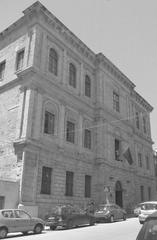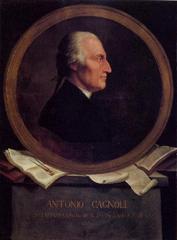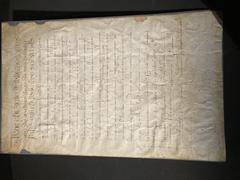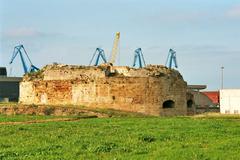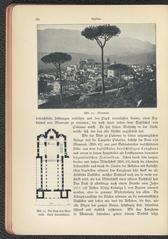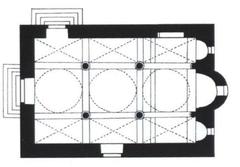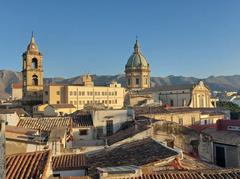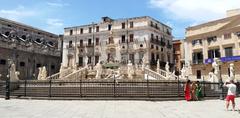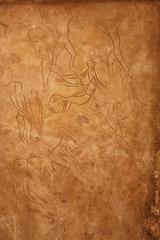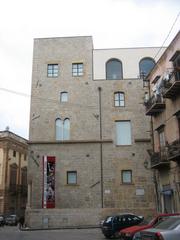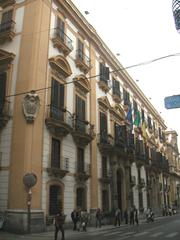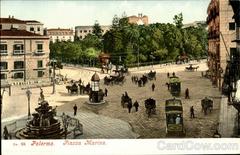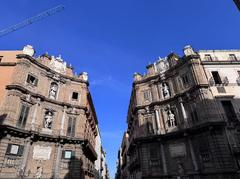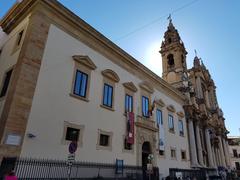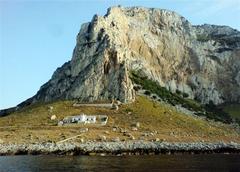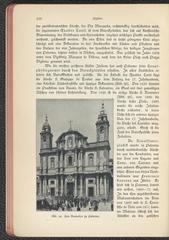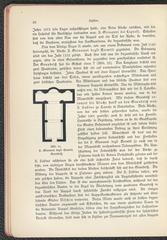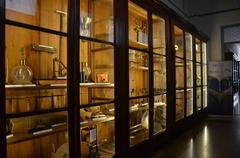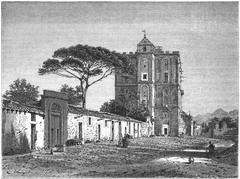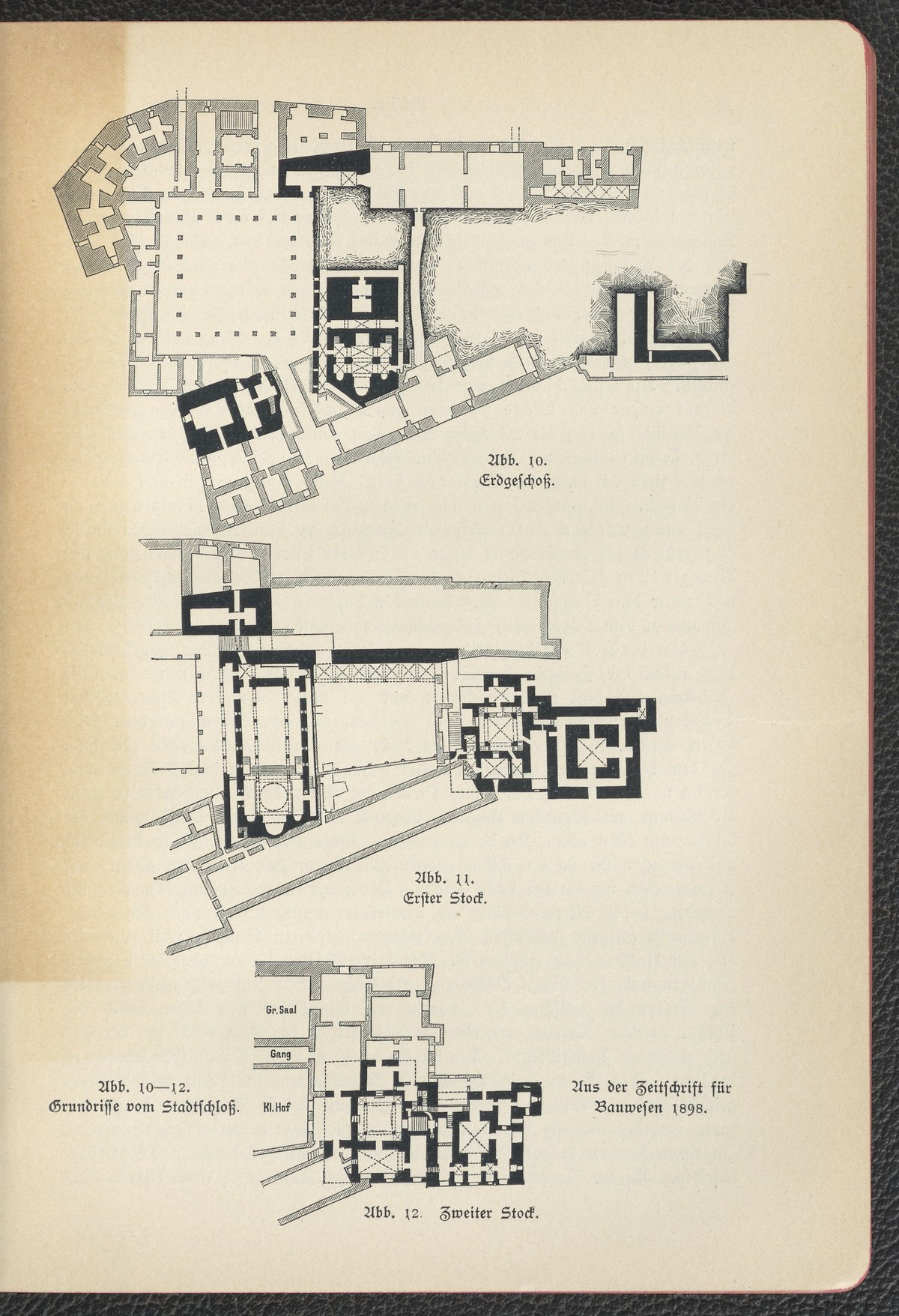
Visiting Palazzo dei Normanni: History, Tickets, and Tips
Date: 17/07/2024
Introduction
Palazzo dei Normanni, also known as the Norman Palace, stands as a testament to Sicily’s rich and diverse historical tapestry. Located in Palermo, Italy, this monumental edifice offers a unique glimpse into the island’s storied past, blending various architectural styles and cultural influences from different eras. Its origins trace back to the 9th century when the Emir of Palermo established a fortress on the site, marking the beginning of an architectural journey that would span centuries and encompass Norman, Byzantine, Gothic, and Baroque elements (UNESCO). As a UNESCO World Heritage Site, the Palazzo dei Normanni not only serves as the seat of the Sicilian Regional Assembly but also attracts countless visitors each year, eager to explore its opulent halls, intricate mosaics, and historical significance. This comprehensive guide will delve into the palace’s fascinating history, provide practical visitor information, and offer tips to make the most of your visit.
Table of Contents
- [Introduction](#introductionintroduction)
- [History of Palazzo dei Normanni](#history-of-palazzo-dei-normannihistory-of-palazzo-dei-normanni)
- [Origins and Early History](#origins-and-early-historyorigins-and-early-history)
- [Norman Conquest and Transformation](#norman-conquest-and-transformationnorman-conquest-and-transformation)
- [Hohenstaufen and Swabian Influence](#hohenstaufen-and-swabian-influencehohenstaufen-and-swabian-influence)
- [Spanish Viceroyalty](#spanish-viceroyaltyspanish-viceroyalty)
- [Bourbon and Savoy Periods](#bourbon-and-savoy-periodsbourbon-and-savoy-periods)
- [Modern Era and Restoration](#modern-era-and-restorationmodern-era-and-restoration)
- [Visitor Information](#visitor-informationvisitor-information)
- [Opening Hours](#opening-hoursopening-hours)
- [Ticket Prices](#ticket-pricesticket-prices)
- [Travel Tips](#travel-tipstravel-tips)
- [Nearby Attractions](#nearby-attractionsnearby-attractions)
- [Special Events and Guided Tours](#special-events-and-guided-toursspecial-events-and-guided-tours)
- [Photographic Spots](#photographic-spotsphotographic-spots)
- [Architectural Highlights](#architectural-highlightsarchitectural-highlights)
- [Palatine Chapel](#palatine-chapelpalatine-chapel)
- [Sala d’Ercole](#sala-dercolesala-dercole)
- [Royal Apartments](#royal-apartmentsroyal-apartments)
- [Cultural Significance](#cultural-significancecultural-significance)
- [FAQ](#faqfaq)
- [Conclusion](#conclusionconclusion)
- [Sources](#sourcessources)
History of Palazzo dei Normanni
Origins and Early History
The Palazzo dei Normanni’s history dates back to the 9th century when the Emir of Palermo constructed a fortress on the site. This early structure was part of the Arab-Norman architectural style that characterized much of Sicily during the Islamic rule. The palace’s initial purpose was to serve as a defensive stronghold and administrative center for the Emirate of Sicily.
Norman Conquest and Transformation
The most transformative period in the palace’s history began in 1072 when the Normans, led by Roger I, conquered Palermo. Recognizing the strategic and symbolic importance of the site, they began extensive renovations and expansions. Under Roger II, the first King of Sicily, the palace was transformed into a royal residence. This period saw the construction of the Palatine Chapel (Cappella Palatina), a masterpiece of Arab-Norman-Byzantine art and architecture. The chapel, completed in 1143, is renowned for its stunning mosaics, wooden ceilings, and intricate inlays, reflecting a blend of Western, Islamic, and Byzantine influences (UNESCO).
Hohenstaufen and Swabian Influence
Following the Norman period, the palace continued to serve as a royal residence under the Hohenstaufen dynasty. Frederick II, Holy Roman Emperor and King of Sicily, made significant contributions to the palace’s architecture and administration. His reign marked a period of cultural and intellectual flourishing, with the palace becoming a center for the arts and sciences. The influence of the Swabian rulers is evident in the Gothic elements added to the palace during this time.
Spanish Viceroyalty
In the 16th century, Sicily came under Spanish rule, and the Palazzo dei Normanni became the seat of the Spanish viceroys. This period saw further modifications and expansions, including the addition of new wings and the renovation of existing structures. The Spanish viceroys used the palace not only as a residence but also as a center of political and administrative power. The Sala d’Ercole (Hall of Hercules), named after the frescoes depicting the mythological hero, was one of the significant additions during this period (Federico Secondo Onlus).
Bourbon and Savoy Periods
The Bourbon period in the 18th century brought further changes to the palace. The Bourbons, who ruled the Kingdom of the Two Sicilies, undertook extensive renovations to modernize the palace and adapt it to contemporary tastes. The Neoclassical style became prominent during this period, with the addition of new decorative elements and the refurbishment of existing rooms.
In the 19th century, following the unification of Italy, the palace came under the control of the House of Savoy. The Savoy rulers continued to use the palace for official functions and made further modifications to its structure and interiors. The palace’s role as a symbol of political power and cultural heritage was reinforced during this period.
Modern Era and Restoration
In the 20th century, the Palazzo dei Normanni underwent significant restoration efforts to preserve its historical and architectural integrity. The palace was declared a national monument, and extensive work was carried out to restore its various elements, including the Palatine Chapel, the royal apartments, and the external facades. These efforts aimed to protect the palace’s unique blend of architectural styles and ensure its continued use as a cultural and historical landmark.
Today, the Palazzo dei Normanni serves as the seat of the Sicilian Regional Assembly, making it one of the oldest parliamentary buildings in the world still in use. The palace is also a major tourist attraction, drawing visitors from around the globe to admire its rich history, stunning architecture, and cultural significance (Sicilian Regional Assembly).
Visitor Information
- Opening Hours: The palace is open from 8:15 AM to 5:00 PM, with the last admission at 4:00 PM. However, hours can vary on public holidays and during special events, so it’s advisable to check the official website for the most current information.
- Ticket Prices: Tickets for adults are €10.00, while reduced tickets for students and seniors are €7.00. Children under 18 often enjoy free entry.
- Travel Tips: Arrive early to avoid crowds, and consider purchasing tickets online in advance. Comfortable shoes are recommended, as there is much to explore.
- Nearby Attractions: Don’t miss the Palermo Cathedral, Quattro Canti, and the Teatro Massimo, all within walking distance.
- Special Events and Guided Tours: Check the official website for information on special events, exhibitions, and guided tours available in multiple languages.
- Photographic Spots: The Palatine Chapel and the panoramic views from the palace gardens are perfect for photography enthusiasts.
Architectural Highlights
The architectural evolution of the Palazzo dei Normanni reflects the diverse cultural influences that have shaped Sicily over the centuries. Key highlights include:
- Palatine Chapel: A jewel of Arab-Norman-Byzantine art, featuring exquisite mosaics, a wooden muqarnas ceiling, and a blend of Islamic, Byzantine, and Western artistic elements.
- Sala d’Ercole: Named after the frescoes of Hercules, this hall exemplifies the Spanish influence on the palace’s architecture.
- Royal Apartments: Reflecting the Bourbon and Savoy periods, these rooms showcase Neoclassical design and luxurious decorations.
Cultural Significance
The Palazzo dei Normanni is not only an architectural marvel but also a symbol of Sicily’s rich and diverse cultural heritage. It stands as a testament to the island’s history of conquest, cultural exchange, and artistic innovation. The palace’s unique blend of architectural styles and its continuous use as a seat of power highlight its enduring significance in Sicilian and Italian history.
FAQ
- What are the visiting hours for Palazzo dei Normanni?
- The palace is open from 8:15 AM to 5:00 PM, with the last admission at 4:00 PM.
- How much do tickets cost?
- Ticket prices are €10.00 for adults and €7.00 for students and seniors.
- Are guided tours available?
- Yes, guided tours are available in multiple languages. Check the official website for details.
- Is the palace accessible for visitors with disabilities?
- The palace has made efforts to be accessible to all visitors, but certain areas may have limited accessibility. It is advisable to contact the palace in advance to make necessary arrangements.
Conclusion
In conclusion, visiting Palazzo dei Normanni offers an unparalleled journey through Sicily’s multifaceted historical and cultural landscape. From its early Arab-Norman origins to its current role as the seat of the Sicilian Regional Assembly, the palace encapsulates the island’s rich heritage. The Palatine Chapel, with its stunning mosaics and intricate inlays, remains a highlight for many visitors, showcasing the extraordinary confluence of Western, Islamic, and Byzantine artistic traditions. Practical considerations such as ticket prices, opening hours, and travel tips ensure that visitors can plan their visit efficiently and make the most of their time exploring this architectural marvel. The palace’s ongoing significance as a political and cultural symbol underscores its enduring relevance in both Sicilian and broader Mediterranean history. Whether you’re a history buff, an architecture enthusiast, or simply a traveler seeking to immerse yourself in Sicily’s vibrant culture, Palazzo dei Normanni is a must-visit destination that promises to leave a lasting impression (Sicilian Regional Assembly).
Sources
- UNESCO. (n.d.). Arab-Norman Palermo and the Cathedral Churches of Cefalú and Monreale. https://whc.unesco.org/en/list/1024
- Sicilian Regional Assembly. (n.d.). Palazzo dei Normanni. https://www.ars.sicilia.it/
- Federico Secondo Onlus. (n.d.). Palazzo dei Normanni. https://www.federicosecondo.org/palazzo-dei-normanni/

